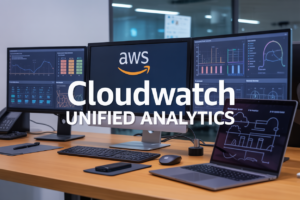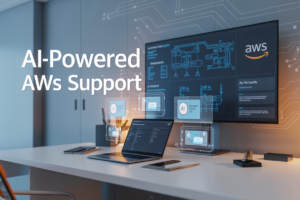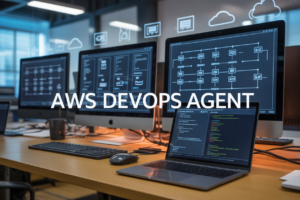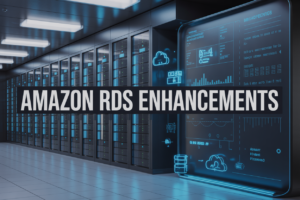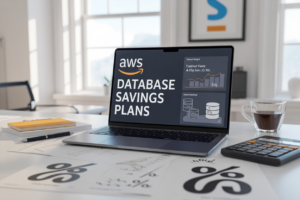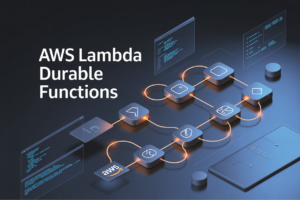Ever been blindsided by your Lambda functions suddenly refusing connections? You’re not alone. I’ve seen engineering teams scramble at 3 AM because their serverless architecture hit mysterious IP address limits they didn’t even know existed.
AWS Lambda provides incredible scalability until it doesn’t. The hidden ceiling? IP address exhaustion in your VPC. When monitoring AWS Lambda IP usage under load, most developers miss the early warning signs until their application starts dropping requests.
I’ll show you exactly how to track, manage, and optimize your Lambda’s IP consumption before it becomes a crisis. We’ll cover the monitoring tools that actually work and the configuration tricks AWS doesn’t advertise.
But first, let’s address the weird quirk in Lambda’s networking model that causes most of these problems…
Understanding AWS Lambda IP Allocation
How Lambda Manages IP Addresses
AWS Lambda functions running in a VPC borrow IP addresses from your subnets each time they execute. When traffic spikes, hundreds of concurrent executions can each claim an IP address. Lambda doesn’t release these IPs immediately after function completion—it keeps them for future invocations, which helps performance but consumes your subnet space.
Setting Up Effective Monitoring Systems
Setting Up Effective Monitoring Systems
A. Key Metrics to Track for IP Usage
You can’t fix what you don’t measure. For Lambda IP usage, track concurrent executions, connection timeouts, and idle IP addresses. These numbers tell you if you’re approaching limits or wasting resources. Get these metrics right, and you’ll spot IP exhaustion before it crashes your workloads.
Load Testing Lambda Functions for IP Consumption
Load Testing Lambda Functions for IP Consumption
A. Designing Realistic Load Tests
Want to know how your Lambda functions handle IP pressure? Good load tests mirror real-world traffic patterns. Don’t just hammer endpoints—vary request frequency, concurrent executions, and payload sizes. The trick is simulating your actual production patterns, not creating artificial stress that’ll never happen in reality.
Optimizing Lambda Functions to Reduce IP Usage
Optimizing Lambda Functions to Reduce IP Usage
A. Connection Pooling Strategies
Ever maxed out your Lambda IP addresses during high traffic? Connection pooling is your lifesaver. Instead of creating new connections for each request, reuse existing ones. This drastically cuts IP consumption and improves performance – just implement a simple client-side pool in your Lambda code.
Advanced IP Management Techniques
A. Implementing Custom Scaling Policies
Ever hit IP limits during traffic spikes? Smart scaling is your answer. Set up CloudWatch alarms to trigger gradual Lambda concurrency increases, giving your NAT gateways breathing room. Don’t let your functions scale faster than your IP addresses can handle – your wallet will thank you.
B. IP Address Recycling Strategies
C. Cross-Region Deployment for IP Distribution
D. Leveraging AWS PrivateLink
Troubleshooting IP Exhaustion Issues
Identifying Root Causes
IP exhaustion happens fast and hits hard. Check your Lambda concurrency limits first – they’re often the silent killer. Next, inspect NAT gateway configurations for bottlenecks. Most teams miss the subnet CIDR blocks being too small or concurrent execution spikes during peak traffic. Your CloudWatch metrics will tell the real story.
Emergency Response Procedures
When IPs run dry, immediate triage is critical. First, temporarily reduce Lambda concurrency limits to stop the bleeding. Then shift non-critical workloads to a separate VPC or disconnect them entirely. Create an isolated recovery subnet with its own NAT gateway as a buffer while you implement longer-term fixes.
Scaling Recovery Strategies
Don’t just add more NAT gateways and call it a day. That’s amateur hour. Instead, implement progressive subnet scaling with CloudFormation templates that automatically provision additional subnets when usage crosses 70%. Consider Lambda placement strategies that distribute functions across multiple AZs to prevent localized exhaustion.
Working with AWS Support
AWS Support can save your bacon during IP crises, but you need to approach them right. Open a Technical Support case with “Production System Down” severity if you’re truly dead in the water. Provide your CloudWatch metrics, VPC flow logs, and Lambda concurrency history upfront. They can temporarily increase IP limits while you restructure.
Best Practices for Production Environments
Best Practices for Production Environments
A. Establishing IP Usage Baselines
Track your Lambda IP usage patterns during both normal and peak periods. Without solid baselines, you’re flying blind when troubleshooting IP exhaustion issues. Set up CloudWatch metrics to continuously monitor subnet IP consumption and create alerts when you approach 70% of capacity.
Managing IP addresses effectively is critical when scaling your AWS Lambda functions. By implementing a comprehensive monitoring strategy, conducting thorough load tests, and optimizing your functions for IP efficiency, you can prevent the frustrating issue of IP exhaustion that can disrupt your serverless applications.
Remember that proper IP management is an ongoing process, not a one-time setup. Regularly review your Lambda configurations, implement the advanced techniques discussed, and follow the best practices outlined in this guide. With these approaches in place, you’ll ensure your serverless architecture remains resilient and performant even under significant load, giving you the confidence to scale your applications without IP-related limitations.












